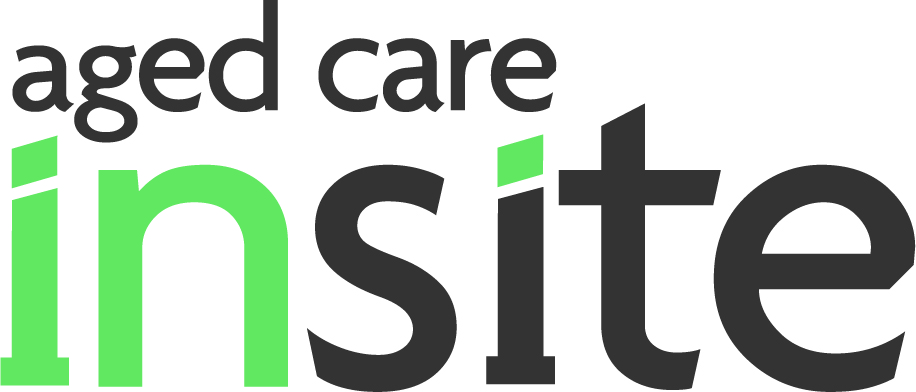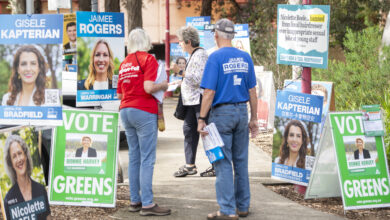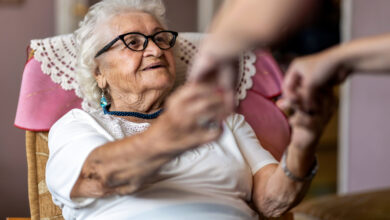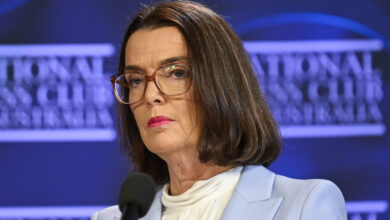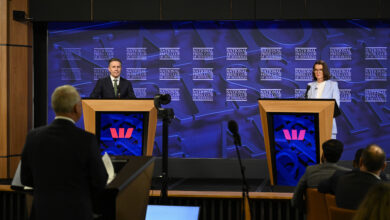No. of people who can’t afford a visit to the GP doubles

Data has revealed a large increase in the number of people living in New South Wales who cannot afford to visit their GP.
The NSW Council of Social Services (NCOSS) report Access Denied: Australians Locked Out of Quality Healthcare, conducted by the University of Canberra, shows that the percentage of people avoiding the doctor due to cost has more than tripled.
NCOSS chief executive Cara Varian said the report's findings illustrate a broken health system.
“When people can’t afford the most fundamental medical care it leads to bad health outcomes and puts pressure on hospitals," Ms Varian said.
“New trends have emerged in this report, with people in regional NSW finding it the toughest to access the medical attention they need.
“The NSW and Commonwealth governments must take urgent action to address these matters."
NCOSS found that while the statistics were alarming in metro areas, things are far worse in regional areas of the state. Since 2020 there has been a 116 per cent statewide average increase in patients who delayed or did not see a specialist due to cost, yet in regional areas, the increase was 202 per cent. Similarly, a 47 per cent increase across the state in patients who felt GPs did not spend enough time with them, increases to 63 per cent increase when the data is cut by regional areas.
“Financial pressures have put healthcare out of reach for too many people," Ms Varian said.
“Whether it’s visiting your doctor or your dentist, we need to make healthcare more accessible for people outside of metropolitan areas.
“These stats are a wake-up call for the NSW and Commonwealth Governments to make urgent changes to help those people in New South Wales who are doing it tough.
“We need to see a dramatic improvement of affordability and reduction of out-of-pocket costs for people living in regional and rural NSW and for those living on low incomes.”
Related stories: $900 million for rural, remote and specialist aged care | Rural Australia delivers quality aged care, despite many homes doing it tough
While cost of living is up, data from the Australian Institute of Health and Welfare (AIHW) shows that the proportion of health services subsidised by the Medicare Benefits Scheme (MBS) is down.
"At a national level, the proportion of provider fees paid for through Medicare has fluctuated over time. In the 15 years prior to the Covid-19 pandemic, it remained relatively stable at around 79 per cent," said AIHW spokesperson Dr. Adrian Webster.
"Early in the pandemic, the subsidy rate increased in association with a number of measures. This included incentives to encourage GPs not to charge out-of-pocket fees and, later, the rollout of the vaccination program. In the most recent reporting period, the subsidy rate has reduced to well below previous trend levels, reaching 73 per cent in February 2023, the lowest national proportion since the MBS was established."
Australians over 65 are the biggest users of MBS subsidised health services, however, the number of services used per person differs widely between metro and rural areas. In 2022, individuals living in major cities used an average of 18.3 MBS services, while those in very remote areas used an average of just 8.5.
Unfortunately, the reduction in people visiting their GP has not translated into an easing of workforce pressures for health professionals, with the NCOSS report showing specialist and urgent GP care wait times are up.
For a more in-depth look at the state see NCOSS's interactive map here.
Read more: Life and death on the waitlist | ‘It just lifted me’: new research suggests shared reading groups combat loneliness – and the effects can be astounding
Email: [email protected]
